Search
Remove Ads
Advertisement
Summary 
Loading AI-generated summary based on World History Encyclopedia articles ...
Search Results

Article
Slavery in Colonial America
Slavery in Colonial America, defined as white English settlers enslaving Africans, began in 1640 in the Jamestown Colony of Virginia but had already been embraced as policy prior to that date with the enslavement and deportation of Native...

Article
Sojourner Truth's Escape from Slavery
Sojourner Truth's Escape from Slavery comes from the Narrative of Sojourner Truth, an account of the famous abolitionist's life as given to her friend and admirer Olive Gilbert and published in 1850. The story of her "walking away" from slavery...

Article
Virginia Slave Laws and Development of Colonial American Slavery
Racialized chattel slavery developed in the English colonies of North America between 1640-1660 and was fully institutionalized by 1700. Although slavery was practiced in the New England and Middle colonies, and Massachusetts Bay Colony passed...
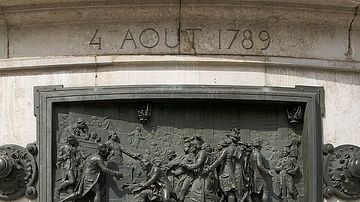
Image
The Abolition of Privileges, 4 August 1789
Bronze relief depicting the abolition of privileges before the August Decrees dismantled feudalism in France. Monument to the Republic, engraved by Leopold Morice, 1883.
Place de la République, Paris.
Photograph by Jebulon, April 2011.

Article
Slavery in Plantation Agriculture
The first plantations in the Americas of sugar cane, cocoa, tobacco, and cotton were maintained and harvested by African slaves controlled by European masters. When African slavery was largely abolished in the mid-1800s, the center of plantation...
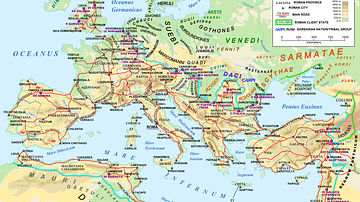
Article
Slavery in the Roman World
Slavery was an ever-present feature of the Roman world. Slaves served in households, agriculture, mines, the military, workshops, construction and many services. As many as 1 in 3 of the population in Italy or 1 in 5 across the empire were...
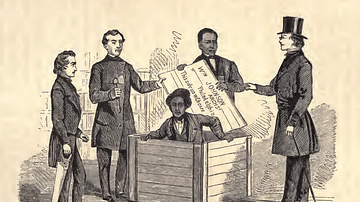
Article
Henry Box Brown on Slavery in the United States
The Narrative of the Life of Henry Box Brown (1851) is the autobiography of Henry Box Brown (l. c. 1815-1897), who became the most famous fugitive slave of his time when he had himself shipped in a box from Richmond, Virginia, to Philadelphia...

Definition
Mary Prince
Mary Prince (l. c. 1788 to c. 1833) was the first enslaved Black woman to publish an autobiography/slave narrative. Prince was illiterate but dictated her life story to the writer Susanna Strickland (l. 1803-1885), published in 1831 as The...
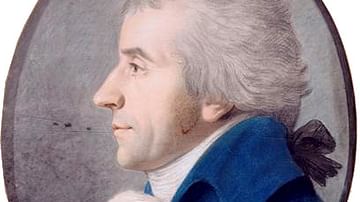
Definition
Jacques-Pierre Brissot
Jacques-Pierre Brissot de Warville (1754-1793) was a French journalist, abolitionist, and politician who played a prominent role in the French Revolution (1789-1799). A leader of the Girondins, a moderate political faction, Brissot was instrumental...
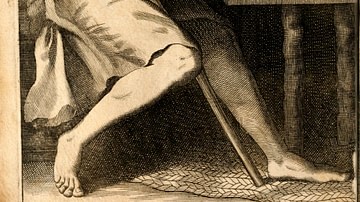
Article
From Slavery to Freedom: Epictetus' Path
The Stoic philosopher Epictetus (l.c. 50- 130 CE) following the example of Socrates, wrote none of his teachings down, preferring to impart his wisdom to his students through class discussions. His student Arrian collected and edited the...